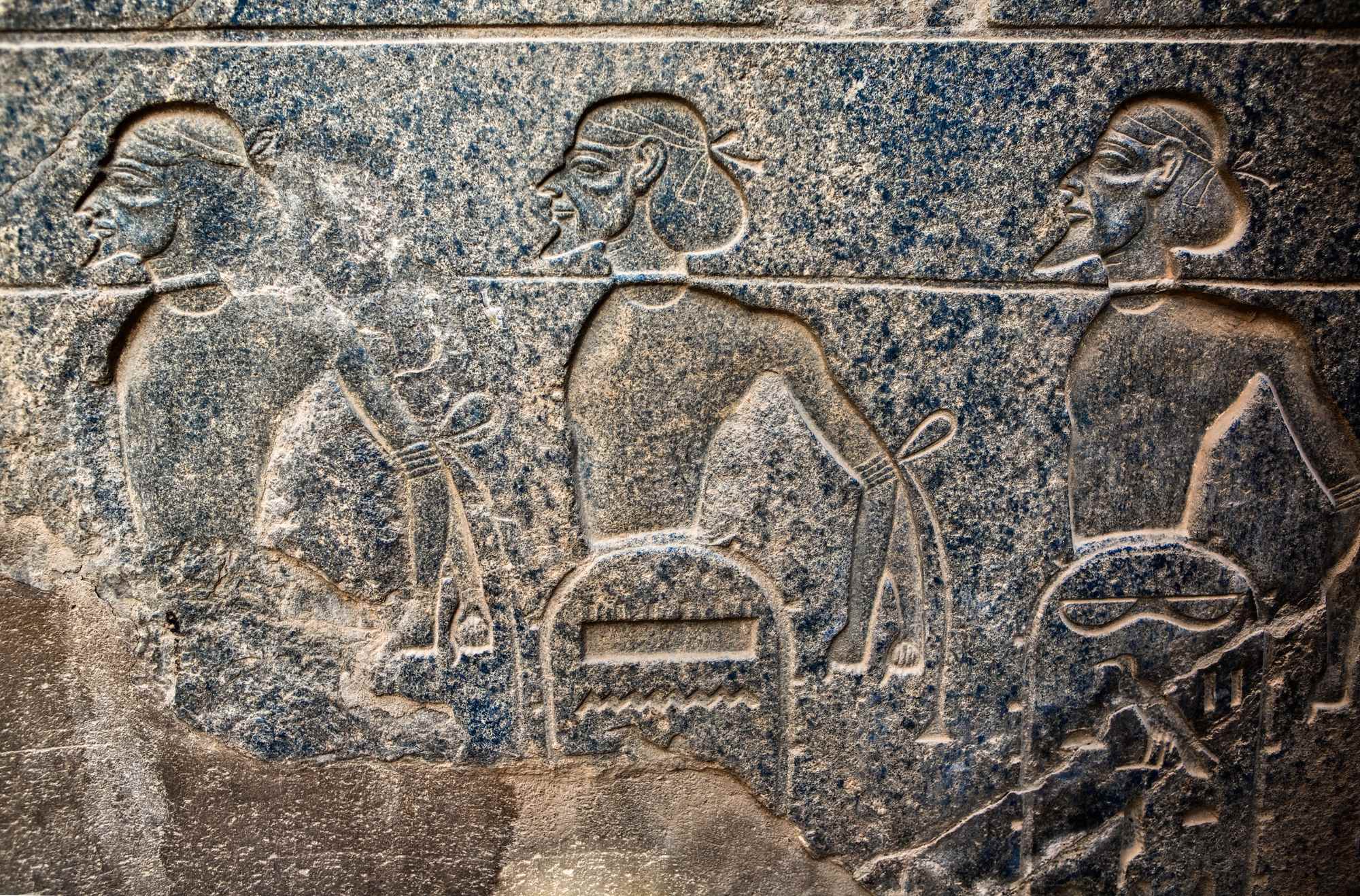BY DAVE RANKIN
In our last installment we highlighted the events that transpired during the Middle Kingdom, a period that began with the military campaigns of the Mentu-hotep’s. Everything that rises in glory eventually comes to an end, as with the case that ended the Middle Kingdom and what ensued afterwards happens to be one of the most documented accounts in Ancient Kemetian history.
After the passing of the Sobekhotep’s, namely Sobekhotep IV, and their lack of diplomatic and military know how, it led to a much weaker 13th dynasty. One pharaoh that comes to mind is the pharaoh Khendjer. We make mention of his name because he happens to be one of the earliest known pharaohs of Semitic origin. As a side note, the word “semite” may have its roots in the geographical region known as Asia. We must make sure the reader is aware that it also has the root word “semi”, which means “half”. Half of what, you may ask. Well, that’s a very good question.
Khendjer’s throne name was Userkare, (pronounced ooh-ser-kah-rah) which means “The Soul of Re is powerful.” By all accounts, his reign definitely was not. The number of splinter cells that arose during this time significantly diminished centralized rule. In some ways, he could be looked at as a puppet pharaoh, selected to sit on the throne as destabilization settled. The culmination of the destabilization was at its peak when the invasion took place. The great historian Manetho tells us his account via Dr. Charles Finch’s tremendous work Echoes of the Old Darkland. “Men of ignoble birth out of the eastern parts, had boldness enough to make expedition into our country, and with ease subdued it by force, yet without hazarding battle with them.” I make reference to some of the language used here. First and foremost, Manetho states very clearly that these “men” came from “eastern parts”.
While most historians tell us that the Hyksos came from Asia. Manetho himself does not. Now, whether or not they originated from Asia, this remains an area of confusion that requires greater exploration. Dr. Finch alleviates some of this when he continues to inform us that these “eastern parts” may be “Construed to Egypt’s eastern deserts, home to nomads and shepherds…” This is of immense consideration since the name Hyksos has a few definitions. The more popular, and widely known is the following. The “Hyk” is Kemetian for the word “king” and the “sos” can either be translated as “shepherd” or “captive”. So literally, they were known as the “shepherd or captive kings”. Considering that these “eastern parts” are the deserts east of Egypt, this would place the Hyksos origination in nearby Asia. This means they would have come to Egypt/Kemet crossing via the peninsula settling in the eastern part of the Delta to “pasture their flocks” only “to be strengthened later by armed tribesmen.” This added reference came to us by way of “When Egypt Ruled the East,” by George Steindorff and Kieth C. Seele, a book that was mentioned by historians Dr. John Henrik Clarke and Runoko Rashidi.
For all intense purposes, we have only scratched the surface on this period. I look forward to recalling the invasion in detail and as well as their expulsion.

